Introduction #
As stated by the authors of The AeroScapes Semantic Segmentation Dataset, they explore methods for learning across train and test distributions that dramatically differ in scene structure, viewpoints, and object statistics. Authors are motivated by the proliferation of aerial drone robotics, and consider the target task of semantic segmentation from aerial viewpoints. Inspired by the impact of Cityscapes, the authors introduce AeroScapes, a new dataset of 3269 images of aerial scenes (captured with a fleet of drones) annotated with dense semantic segmentation.
This dataset differs from existing segmentation datasets (that focus on ground-view or indoor scene domains) in terms of viewpoint, scene composition, and object scales. The authors propose a simple but effective approach for transferring knowledge from such diverse domains (for which considerable annotated training data exists) to the target task. To do so, authors train multiple models for aerial segmentation via progressive fine-tuning through each source domain. They then treat these collections of models as an ensemble that can be aggregated to significantly improve performance. Authors demonstrate large absolute improvements (8.12%) over widely-used standard baselines.
Traditional localization benchmarks focus primarily on object recognition in images, often neglecting the context in which these objects are situated. Background elements, such as terrain and aerial features, offer crucial semantic and geometric context to foreground objects. For instance, an autonomous car uses identified roads within its line of sight for navigation, avoiding parking attempts in sky or water areas. Hence, it’s vital to train terrain-based and aerial autonomous agents to recognize both foreground and background elements.
Real-time autonomous systems heavily rely on scene understanding to make decisions, requiring evaluation benchmarks to incorporate labeled image sequences. Agents using visual scene understanding must also integrate temporal information into their representations, making video data integration a necessity. The AeroScapes dataset comprises 3269 images from 141 video sequence, with some of it being temporally downsampled. The class distribution within AeroScapes reflects the common data imbalance in outdoor images, including both stuff and thing annotations, with the thing classes representing only approximately 1.51% of the data.
Aerial robots provide the advantage of exploring diverse environments and viewpoints that ground-based autonomous cars cannot access. This led to the creation of the AeroScapes Dataset, featuring images captured by drones at altitudes of 5-50 meters. These images come with segmentation maps, labeling both stuff classes (vegetation, roads, sky, construction) and thing classes (person, bikes, cars, drones, boats, obstacles, animals).
Summary #
The AeroScapes Semantic Segmentation Dataset is a dataset for a semantic segmentation task. It is used in the drone inspection domain.
The dataset consists of 3269 images with 18897 labeled objects belonging to 12 different classes including background, vegetation, road, and other: person, obstacle, construction, bike, car, sky, drone, animal, and boat.
Images in the AeroScapes dataset have pixel-level semantic segmentation annotations. All images are labeled (i.e. with annotations). There are 2 splits in the dataset: train (2621 images) and val (648 images). Additionally, every image contains id of its video sequence (total 141). The dataset was released in 2018 by the Carnegie Mellon University.
Here are the visualized examples for the classes:
Explore #
AeroScapes dataset has 3269 images. Click on one of the examples below or open "Explore" tool anytime you need to view dataset images with annotations. This tool has extended visualization capabilities like zoom, translation, objects table, custom filters and more. Hover the mouse over the images to hide or show annotations.

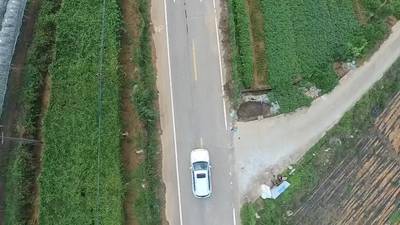

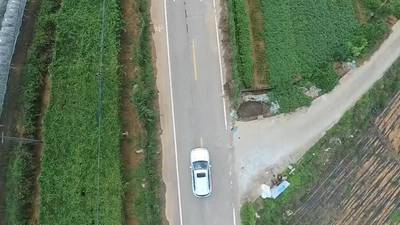

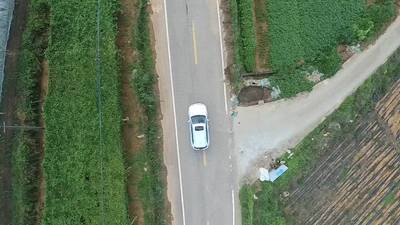

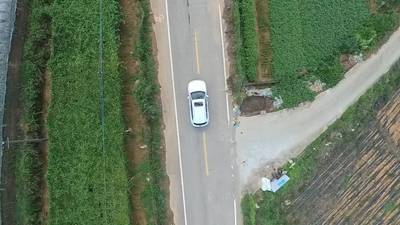



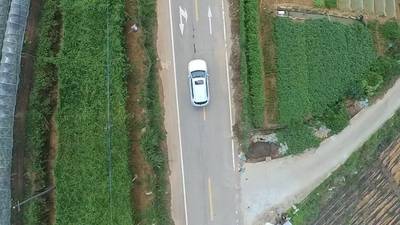

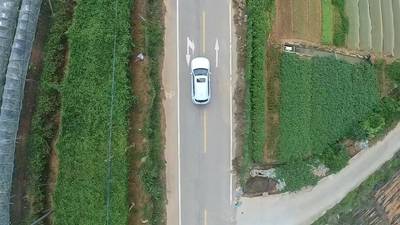

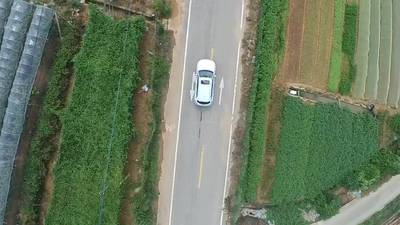

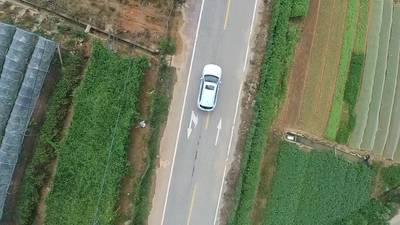

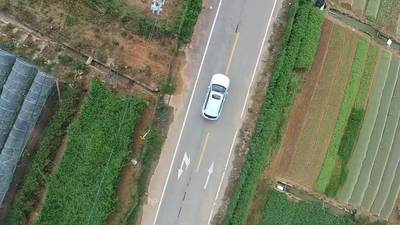

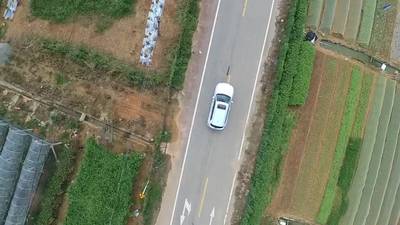

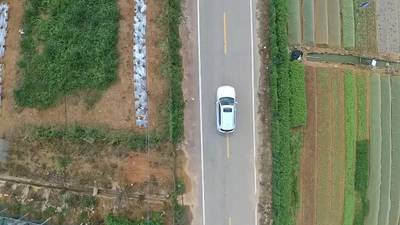

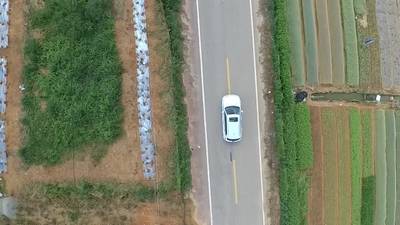

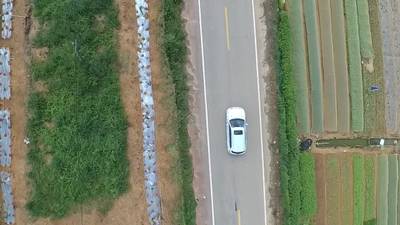

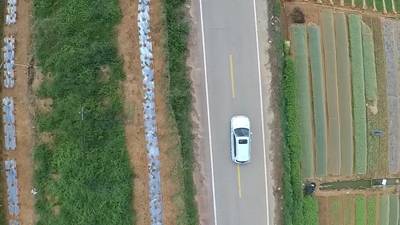

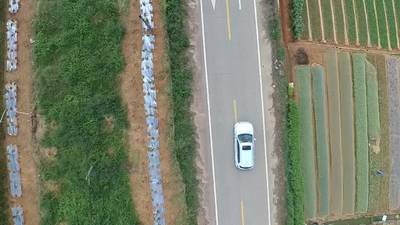

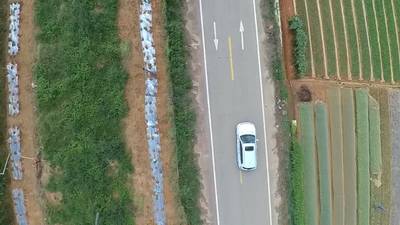

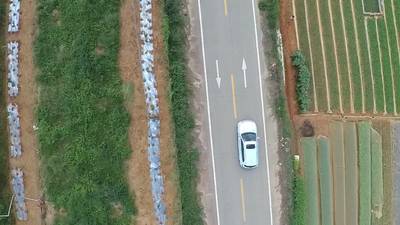

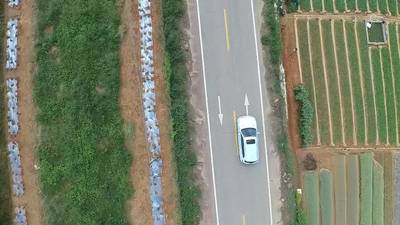



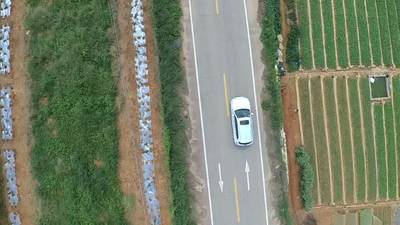



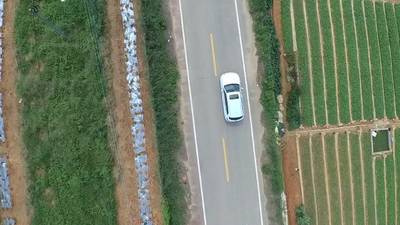

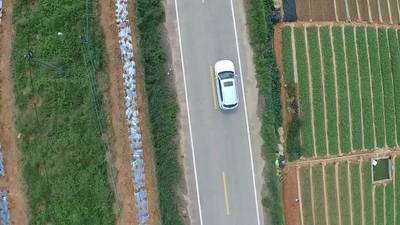



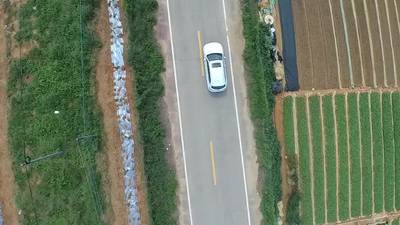

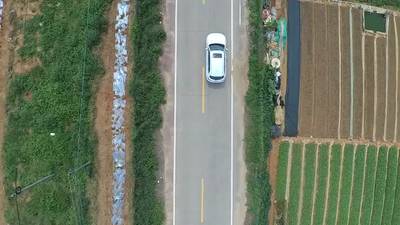

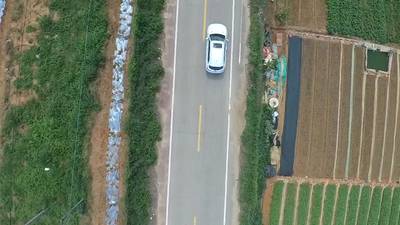

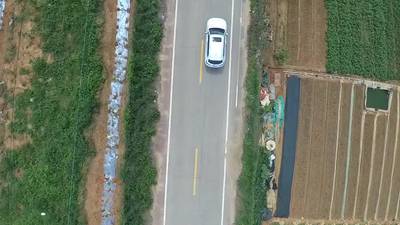

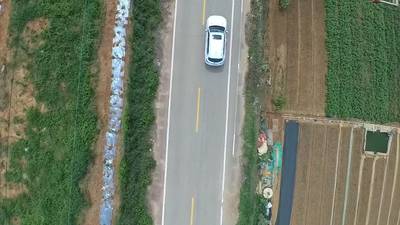
Class balance #
There are 12 annotation classes in the dataset. Find the general statistics and balances for every class in the table below. Click any row to preview images that have labels of the selected class. Sort by column to find the most rare or prevalent classes.
Class ㅤ | Images ㅤ | Objects ㅤ | Count on image average | Area on image average |
|---|---|---|---|---|
background➔ mask | 3269 | 3269 | 1 | 23.12% |
vegetation➔ mask | 2983 | 2983 | 1 | 40.63% |
road➔ mask | 2804 | 2804 | 1 | 34.12% |
person➔ mask | 2597 | 2597 | 1 | 0.51% |
obstacle➔ mask | 2150 | 2150 | 1 | 0.86% |
construction➔ mask | 1729 | 1729 | 1 | 8.4% |
bike➔ mask | 1264 | 1264 | 1 | 0.14% |
car➔ mask | 1005 | 1005 | 1 | 1.2% |
sky➔ mask | 520 | 520 | 1 | 28.77% |
drone➔ mask | 410 | 410 | 1 | 0.23% |
Co-occurrence matrix #
Co-occurrence matrix is an extremely valuable tool that shows you the images for every pair of classes: how many images have objects of both classes at the same time. If you click any cell, you will see those images. We added the tooltip with an explanation for every cell for your convenience, just hover the mouse over a cell to preview the description.
Images #
Explore every single image in the dataset with respect to the number of annotations of each class it has. Click a row to preview selected image. Sort by any column to find anomalies and edge cases. Use horizontal scroll if the table has many columns for a large number of classes in the dataset.
Object distribution #
Interactive heatmap chart for every class with object distribution shows how many images are in the dataset with a certain number of objects of a specific class. Users can click cell and see the list of all corresponding images.
Class sizes #
The table below gives various size properties of objects for every class. Click a row to see the image with annotations of the selected class. Sort columns to find classes with the smallest or largest objects or understand the size differences between classes.
Class | Object count | Avg area | Max area | Min area | Min height | Min height | Max height | Max height | Avg height | Avg height | Min width | Min width | Max width | Max width |
|---|---|---|---|---|---|---|---|---|---|---|---|---|---|---|
background mask | 3269 | 23.11% | 99.99% | 0% | 123px | 17.08% | 720px | 100% | 706px | 98.11% | 1px | 0.08% | 1280px | 100% |
vegetation mask | 2983 | 40.63% | 99.15% | 0.01% | 23px | 3.19% | 720px | 100% | 611px | 84.92% | 9px | 0.7% | 1280px | 100% |
road mask | 2804 | 34.12% | 99.09% | 0% | 1px | 0.14% | 720px | 100% | 621px | 86.22% | 1px | 0.08% | 1280px | 100% |
person mask | 2597 | 0.51% | 13.64% | 0% | 8px | 1.11% | 720px | 100% | 181px | 25.17% | 4px | 0.31% | 1237px | 96.64% |
obstacle mask | 2150 | 0.86% | 11.34% | 0% | 6px | 0.83% | 720px | 100% | 301px | 41.84% | 4px | 0.31% | 1280px | 100% |
construction mask | 1729 | 8.4% | 83.18% | 0.02% | 6px | 0.83% | 720px | 100% | 340px | 47.21% | 16px | 1.25% | 1280px | 100% |
bike mask | 1264 | 0.14% | 1.75% | 0% | 6px | 0.83% | 513px | 71.25% | 85px | 11.87% | 3px | 0.23% | 852px | 66.56% |
car mask | 1005 | 1.2% | 31.94% | 0.01% | 8px | 1.11% | 720px | 100% | 176px | 24.42% | 12px | 0.94% | 1263px | 98.67% |
sky mask | 520 | 28.77% | 59.27% | 0.07% | 17px | 2.36% | 700px | 97.22% | 293px | 40.64% | 70px | 5.47% | 1280px | 100% |
drone mask | 410 | 0.23% | 2.71% | 0.01% | 9px | 1.25% | 430px | 59.72% | 73px | 10.18% | 10px | 0.78% | 329px | 25.7% |
Spatial Heatmap #
The heatmaps below give the spatial distributions of all objects for every class. These visualizations provide insights into the most probable and rare object locations on the image. It helps analyze objects' placements in a dataset.

Objects #
Table contains all 18897 objects. Click a row to preview an image with annotations, and use search or pagination to navigate. Sort columns to find outliers in the dataset.
Object ID ㅤ | Class ㅤ | Image name click row to open | Image size height x width | Height ㅤ | Height ㅤ | Width ㅤ | Width ㅤ | Area ㅤ |
|---|---|---|---|---|---|---|---|---|
1➔ | vegetation mask | 041005_028.jpg | 720 x 1280 | 717px | 99.58% | 1279px | 99.92% | 77.64% |
2➔ | bike mask | 041005_028.jpg | 720 x 1280 | 86px | 11.94% | 26px | 2.03% | 0.06% |
3➔ | road mask | 041005_028.jpg | 720 x 1280 | 718px | 99.72% | 373px | 29.14% | 20.96% |
4➔ | obstacle mask | 041005_028.jpg | 720 x 1280 | 56px | 7.78% | 746px | 58.28% | 0.35% |
5➔ | person mask | 041005_028.jpg | 720 x 1280 | 45px | 6.25% | 34px | 2.66% | 0.1% |
6➔ | background mask | 041005_028.jpg | 720 x 1280 | 720px | 100% | 1280px | 100% | 0.89% |
7➔ | vegetation mask | 041005_058.jpg | 720 x 1280 | 717px | 99.58% | 1279px | 99.92% | 90.39% |
8➔ | road mask | 041005_058.jpg | 720 x 1280 | 718px | 99.72% | 570px | 44.53% | 9.07% |
9➔ | background mask | 041005_058.jpg | 720 x 1280 | 720px | 100% | 1280px | 100% | 0.55% |
10➔ | person mask | 310021_032.jpg | 720 x 1280 | 251px | 34.86% | 152px | 11.88% | 1.92% |
License #
The AeroScapes Semantic Segmentation Dataset is under CC BY-SA 4.0 license.
Citation #
If you make use of the AeroScapes data, please cite the following reference:
Ensemble Knowledge Transfer for Semantic Segmentation
Ishan Nigam, Chen Huang, Deva Ramanan
Proceedings of the 2018 IEEE Winter Conference on Applications of Computer Vision
If you are happy with Dataset Ninja and use provided visualizations and tools in your work, please cite us:
@misc{ visualization-tools-for-aeroscapes-dataset,
title = { Visualization Tools for AeroScapes Dataset },
type = { Computer Vision Tools },
author = { Dataset Ninja },
howpublished = { \url{ https://datasetninja.com/aeroscapes } },
url = { https://datasetninja.com/aeroscapes },
journal = { Dataset Ninja },
publisher = { Dataset Ninja },
year = { 2025 },
month = { dec },
note = { visited on 2025-12-04 },
}Download #
Dataset AeroScapes can be downloaded in Supervisely format:
As an alternative, it can be downloaded with dataset-tools package:
pip install --upgrade dataset-tools
… using following python code:
import dataset_tools as dtools
dtools.download(dataset='AeroScapes', dst_dir='~/dataset-ninja/')
Make sure not to overlook the python code example available on the Supervisely Developer Portal. It will give you a clear idea of how to effortlessly work with the downloaded dataset.
The data in original format can be downloaded here.
Disclaimer #
Our gal from the legal dep told us we need to post this:
Dataset Ninja provides visualizations and statistics for some datasets that can be found online and can be downloaded by general audience. Dataset Ninja is not a dataset hosting platform and can only be used for informational purposes. The platform does not claim any rights for the original content, including images, videos, annotations and descriptions. Joint publishing is prohibited.
You take full responsibility when you use datasets presented at Dataset Ninja, as well as other information, including visualizations and statistics we provide. You are in charge of compliance with any dataset license and all other permissions. You are required to navigate datasets homepage and make sure that you can use it. In case of any questions, get in touch with us at hello@datasetninja.com.


